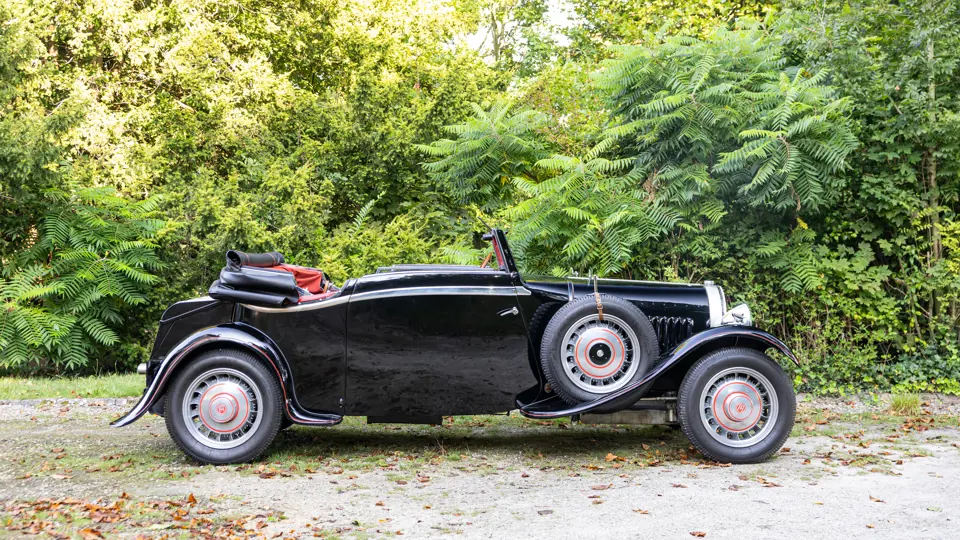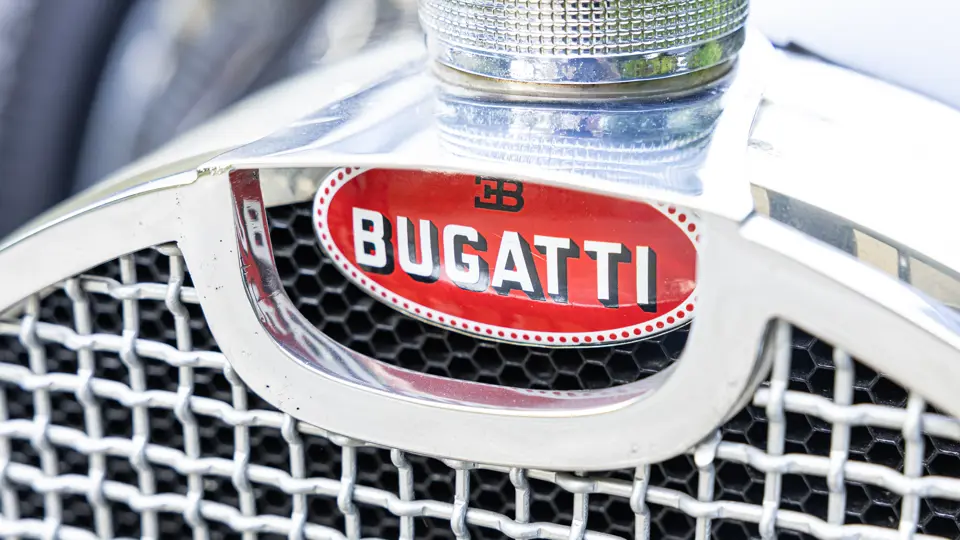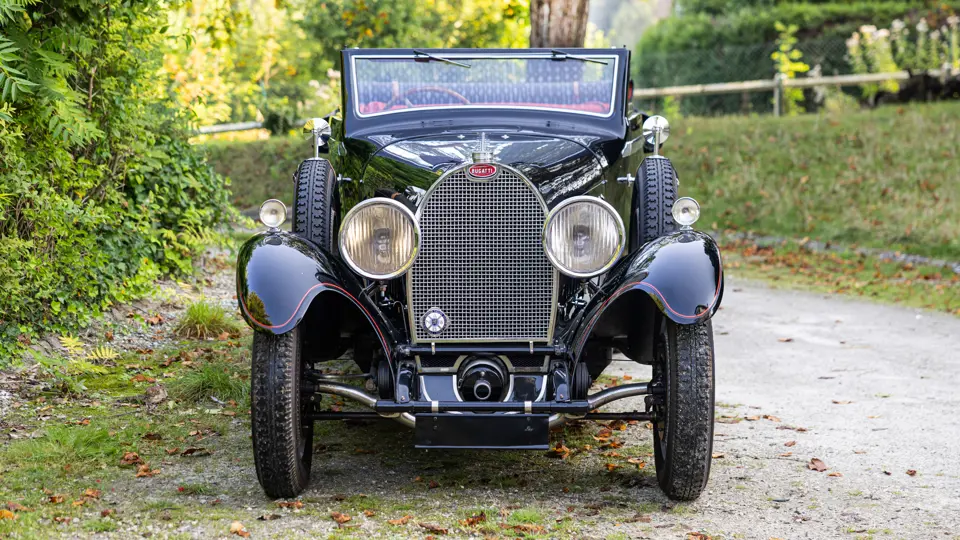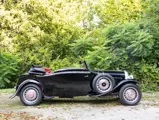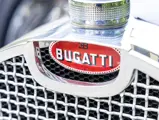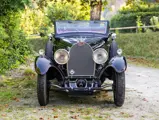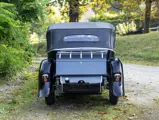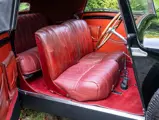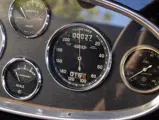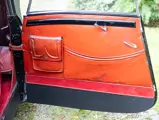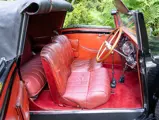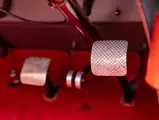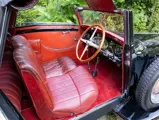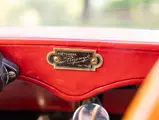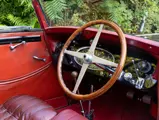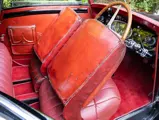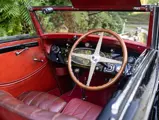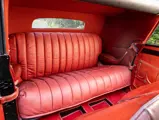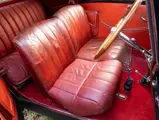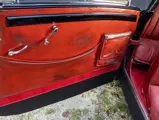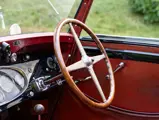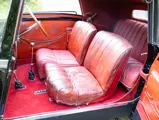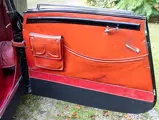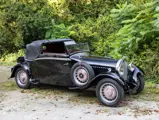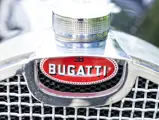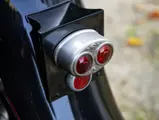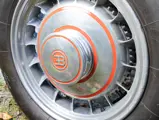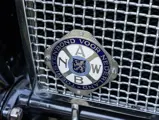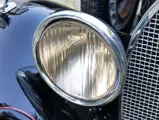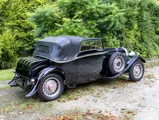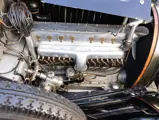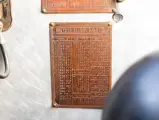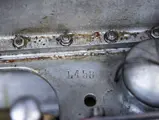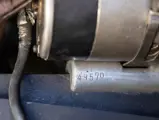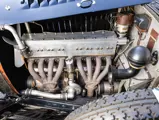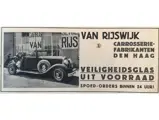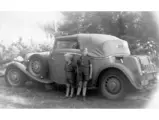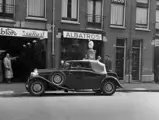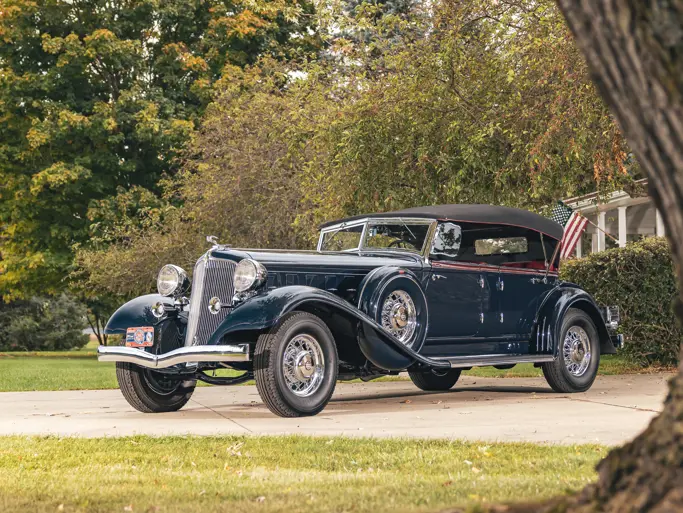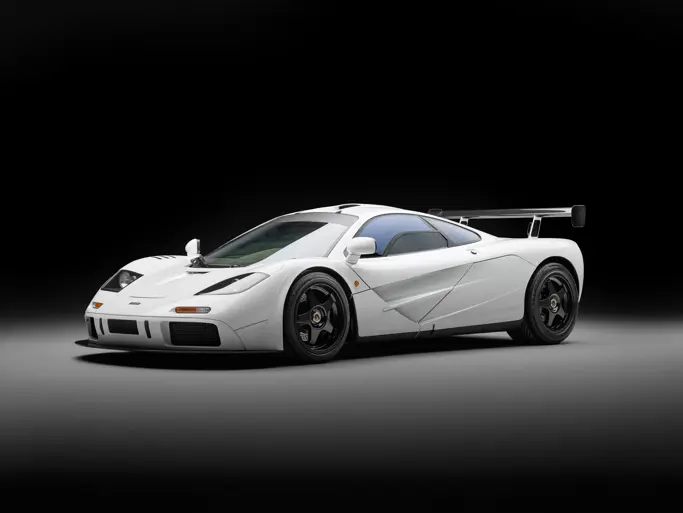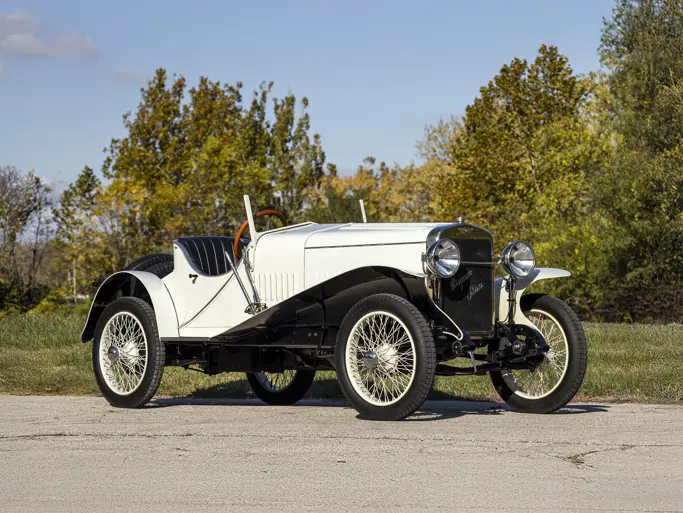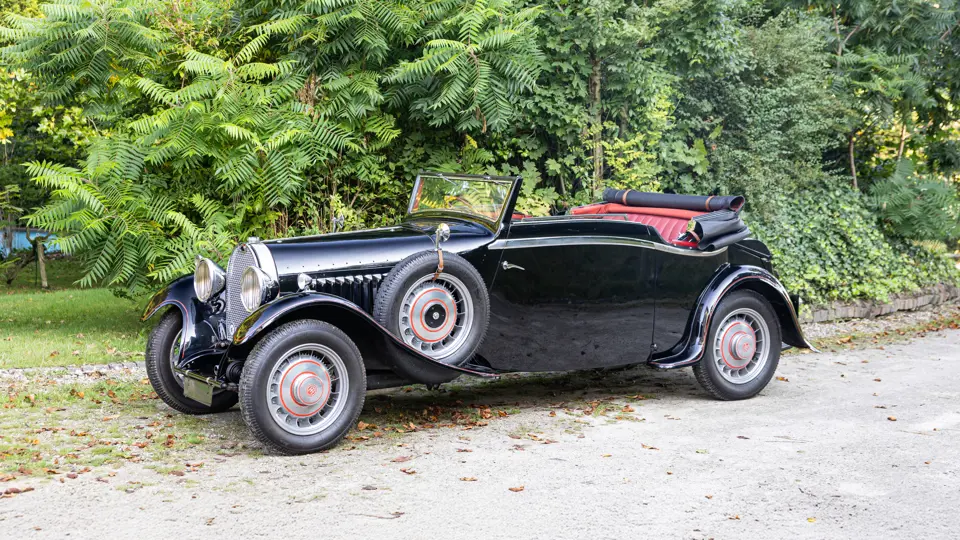
1933 Bugatti Type 49 Drophead Coupé by Van Rijswijk
{{lr.item.text}}
€184,000 EUR | Sold
Offered from The Curated Collection
{{bidding.lot.reserveStatusFormatted}}
- A rare and attractive example of Bugatti’s luxurious Type 49
- Coachwork by the Dutch royal coachbuilder, B.T. Van Rijswijk & Zoon of Den Haag
- Outstanding provenance—displayed when new on the Van Rijswijk stand at the 1934 Amsterdam International Motor Show
- Inspected by Pierre-Yves Laugier with assistance from Kees Jansen
- Retains its original chassis frame and plate, engine, front and rear axles, and gearbox
- Presented in its original colours
- Un exemplaire rare et séduisant de la luxueuse Bugatti Type 49
- Carrosserie créée par le carrossier de la couronne des Pays-Bas, B.T. Van Rijswijk & Zoon, de Den Haag
- Une provenance extraordinaire : exposée encore neuve sur le stand Van Rijswijk lors du Salon international de l’automobile d’Amsterdam en 1934
- Inspectée par Pierre-Yves Laugier avec l’aide de Kees Jansen
- Conserve sa plateforme et son cadre de châssis, son moteur, ses trains arrière et avant et sa boîte de vitesses d’origine
- Présentée dans son coloris d’origine
Veuillez noter que cette voiture est proposée sans papiers d'immatriculation, les enchérisseurs doivent s'assurer des conditions d'immatriculation dans leur propre juridiction.
Chassis number 49570 was built at the Molsheim factory at the end of May 1933, using a long 3.22-metre wheelbase chassis. It was fitted with engine number L458. The running chassis cost 38.000 French francs and was invoiced to the European agent B.U.C.A.R. of Zurich, being transported by rail on 21 November 1933.
The first owner was a car dealer, later Jaguar agent, called N.V.J.W. Lagerwij of La Haye, Holland. It was registered "HX 31549", and in early 1934 took pride of place on the Van Rijswijk stand, No. 100, at the Amsterdam International Motor Show at the RAI. The car was described in the 15 February 1934 issue of magazine De Auto as having a black body, black leather hood, and red leather seats.
Lagerwij did not keep the Type 49 long as it was sold to Mr E. Blaisse. It appears that the car passed to Blaisse’s son Erik Steven, later owner of the distillery, Van Zuylekom, and other Bugattis. Erik Steven sold chassis 49570 to Wilhelm Anton Te Gussinko of Alten on 25 March 1946, who in turn sold it to H. James A.M. Coebergh of the Coeberg Bessen Jenever distillery on 30 August 1952. He kept it for less than a year before the car moved on 15 June 1953 to P. Deelen Jr of Lekkerkerk.
Deelen kept this wonderful Type 49 for nearly a decade before the ownership passed to Garage Limborg in 1962 ahead of an engine rebuild. It then went to Bugatti collector Henk Groenwegen of Rotterdam, who passed away in 1974, and it later joined to the world famous collection of Evert Louwman. Gert Jan Moed bought the Bugatti in 2000 and a restoration was completed in April 2005, returning 49570 to its original colours. In 2011, it was purchased at auction by The Curated Collection.
An inspection of this wonderful Bugatti by Pierre-Yves Laugier shows that the mechanicals of this Type 49 are highly original, with the engine, gearbox, front and rear axles all bearing the stamping of 458. Both crankcases carry the assembly number of 22 proving their originality. The chassis plate is also the original item. All six of the aluminium Bugatti wheels are numbered, five of them are dated from July 1933 and the sixth is from the end of August 1933.
The central part of the body is original and was conserved during the restoration, and the rear, as well as the wings, were recreated as the originals were modified after World War II. The red leather in the interior appears to be original apart from the driver’s seat which has been retrimmed. It should be noted that the engine runs but the block has a previously repaired crack which is no longer sealed—a repair or replacement block would be recommended prior to proper use.
A truly special Bugatti, which has remained in Holland for most of its life, this rare and attractive Type 49 is worthy of a place in any pre-war collection.
RM Sotheby’s would like to thank Pierre-Yves Laugier and Kees Jansen for their assistance with cataloguing this Bugatti.
Le châssis 49570 équipé du moteur 458 L est établi sur empattement long de 3,22 m et assemblé à l’usine fin mai 1933. Le châssis roulant est facturé 38.000 ff à l’agent pour l’Europe B.U.C.A.R de Zurich et acheminé par chemin de fer le 21 novembre 1933. Le premier propriétaire est un négociant en automobile, plus tard agent Jaguar, du nom de N.V.J.W. LAGERWIJ Frankenstraat 81, La Haye. Le cabriolet réalisé par van Rijswijk est exposé sur le stand de ce carrossier au Salon R.A.I d’Amsterdam en 1934, stand N° 100. Il est décrit dans le magazine De Auto du 15 février 1934 : « Caisse noire, capote en cuir noir, et sièges en cuir rouge ». La voiture sera immatriculée HX 31549 à La Haye, Province du Sud Holland. Lagerwij ne conserve pas longtemps la Bugatti qui est revendue à : E.Blaisse.
Liste de propriétaire successifs :
Erik Steven BLAISSE (1922-2015).Il est le propriétaire dès 1952 de la fabrique de liqueurs « Van Zuylekom » Westerstraat 176-180 à Amsterdam. Il possédera deux autres Bugatti, un Type 40 roadster et un coach 3 litres. Wilhelm Anton Te GUSSINKO (1917 – 1968) ,Willemsraat 16, Alten. Achat 25 mars 1946. Plaque M 6030. Province du Gelderland. H.James .A.M.COEBERGH,Prinsengracht 689, Amsterdam. Distillateur de Genièvre. « Coeberg Bessen Jenever » Achète le véhicule le 30 aout 1952. P.DEELEN Jr à Lekkerkerk. Achat le 15 juin 1953. Plaque HX 63697 date de cette période. Garage LIMBORG à Krimpen aan de Lek. Achat en 1962. Il restaure le moteur. Henk GROENWEGEN Stadionweg 21 Rotterdam. Vendeur de machines outils. Propriétaire de nombreuses Bugatti. Décédé en 1974. Evert LOUWMANN. Gert Jan MOED. Achat en 2000. Véhicule restauré en avril 2005. Vendu Bonhams Grand Palais Paris 2011.
L’analyse du véhicule retrouve une parfaite uniformité et originalité dans les composantes mécaniques, ainsi l’essieu avant ,le moteur,la boite de vitesse et le pont arrière au rapport de 12 X 50,sont gravé « 458 ». Les deux carters du moteur portent le même numéro d’assemblage « 22 ». La plaque châssis gravée « 49570 19 cv Bas Rhin » est originale. Les 6 roues en aluminium brevet Bugatti sont originales et numérotées,5 sont datées de juillet 1933 et la dernière d’aout 1933. La partie centrale de la carrosserie fut conservée lors de la restauration mais les ailes et l’arrière qui avaient été modifiées furent recrées, car la caisse avait été modernisée au sortir de la guerre. La totalité des cuirs rouges est originale sauf l’assise du conducteur.
Copyright Pierre-Yves Lauger avec le soutien de Kees Jansen




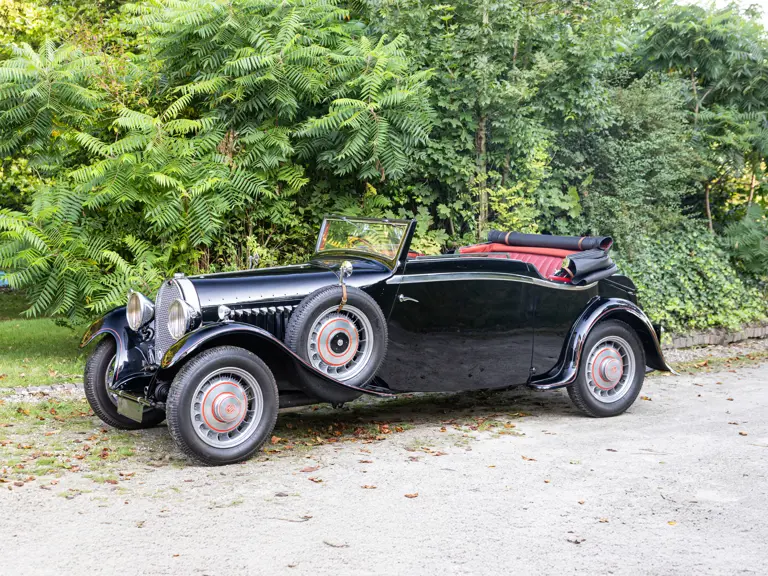
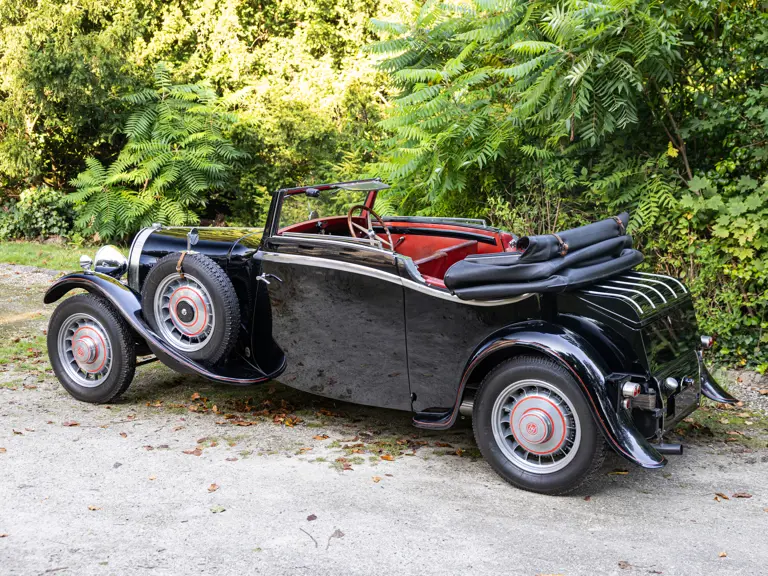
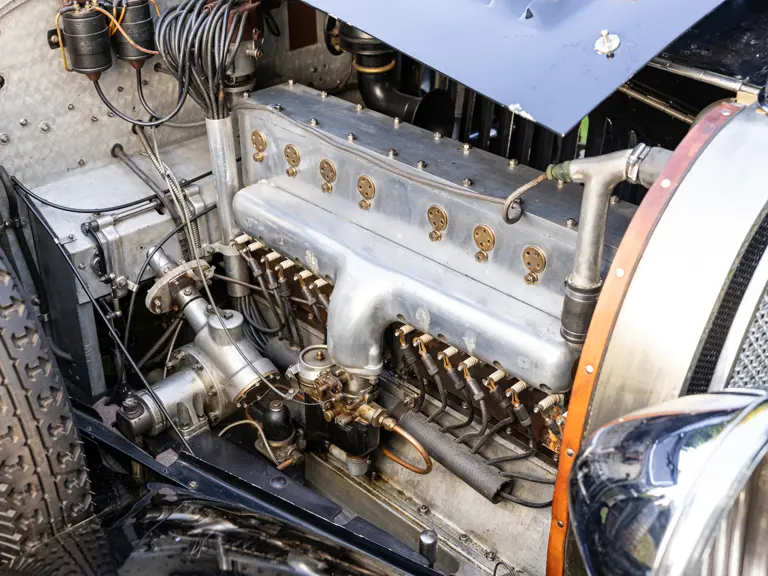
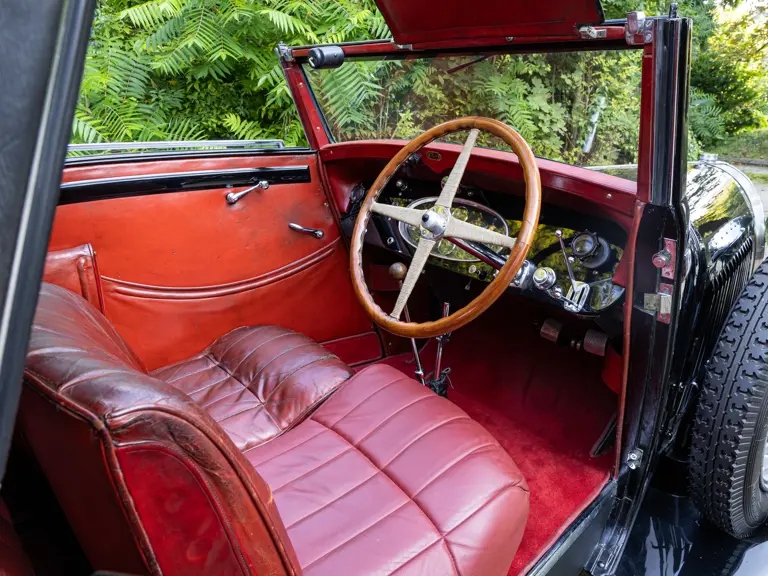
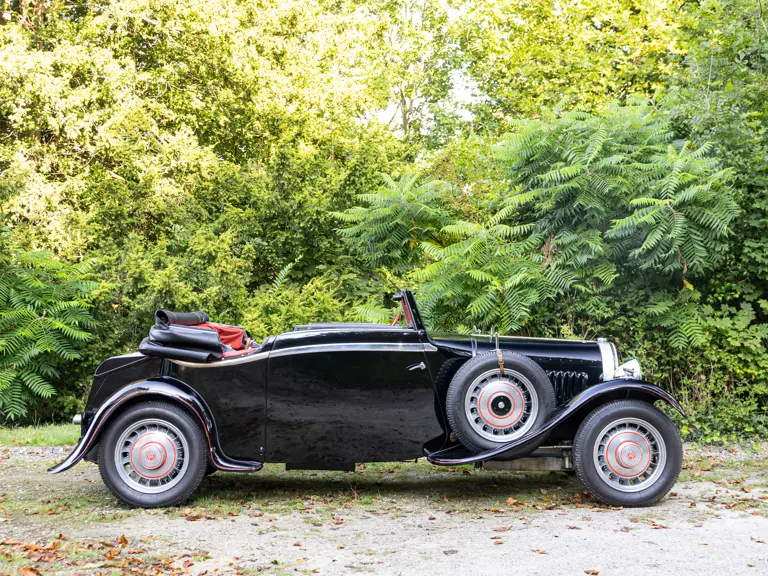
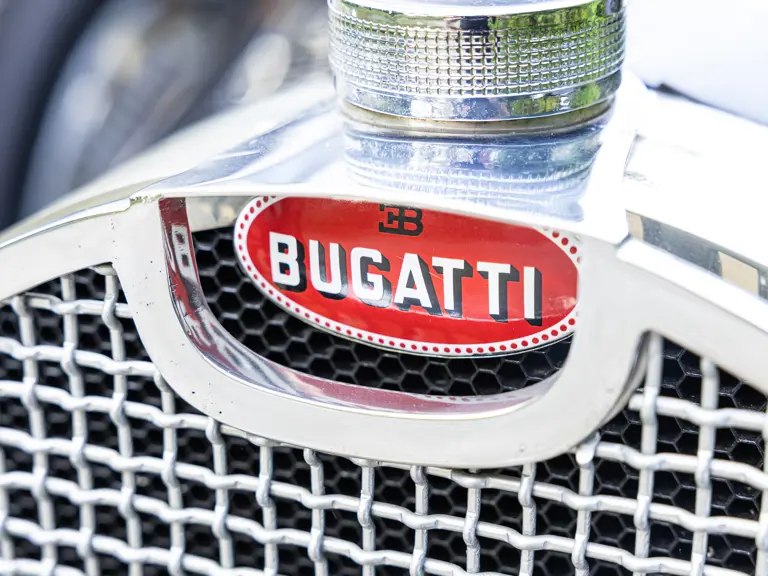
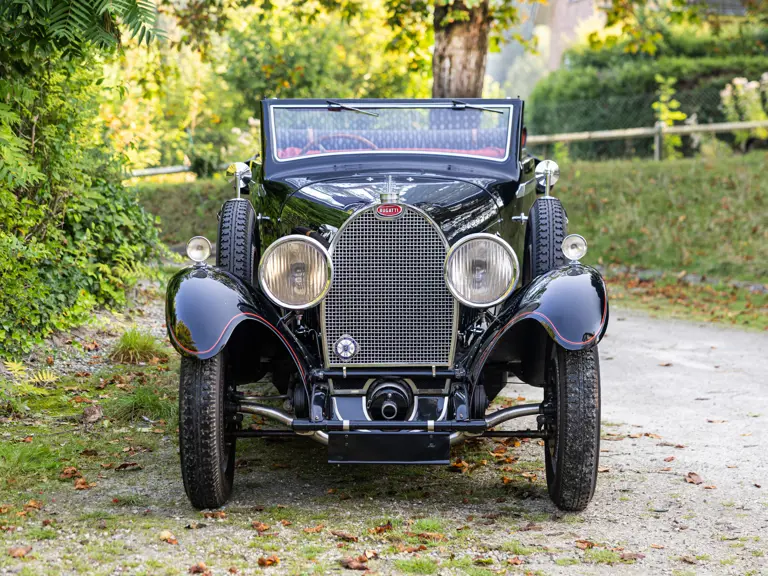
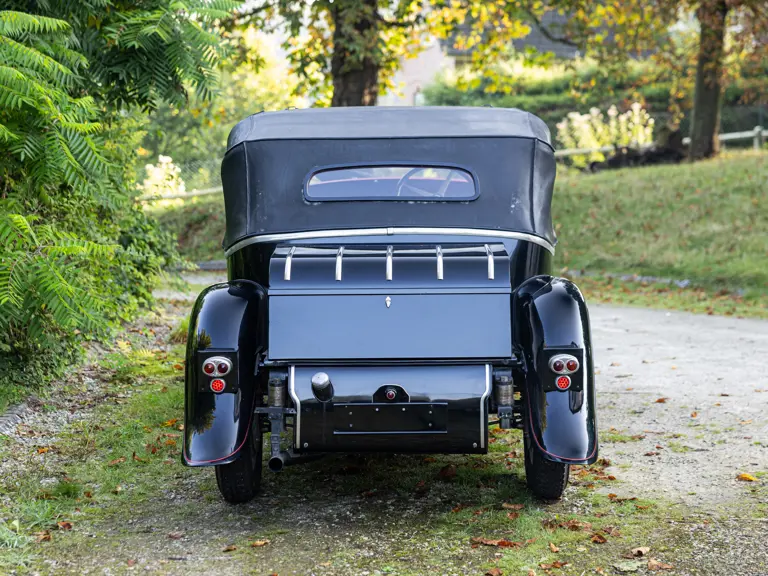
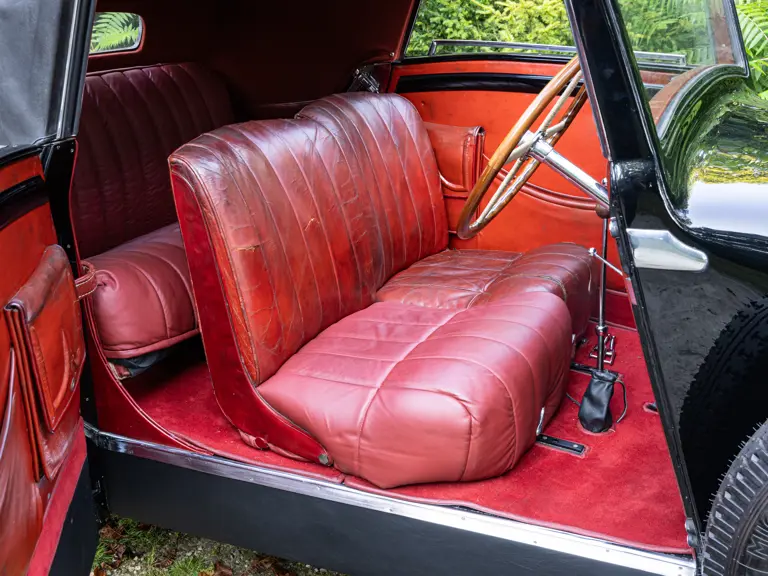
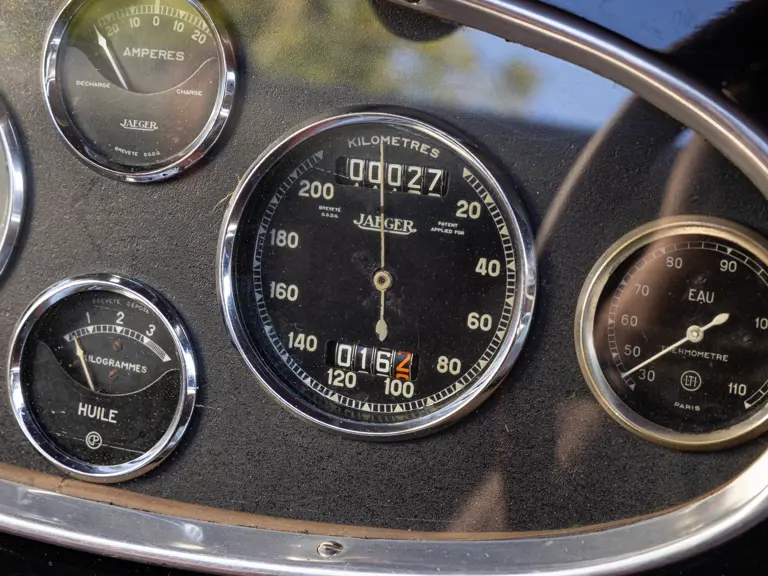
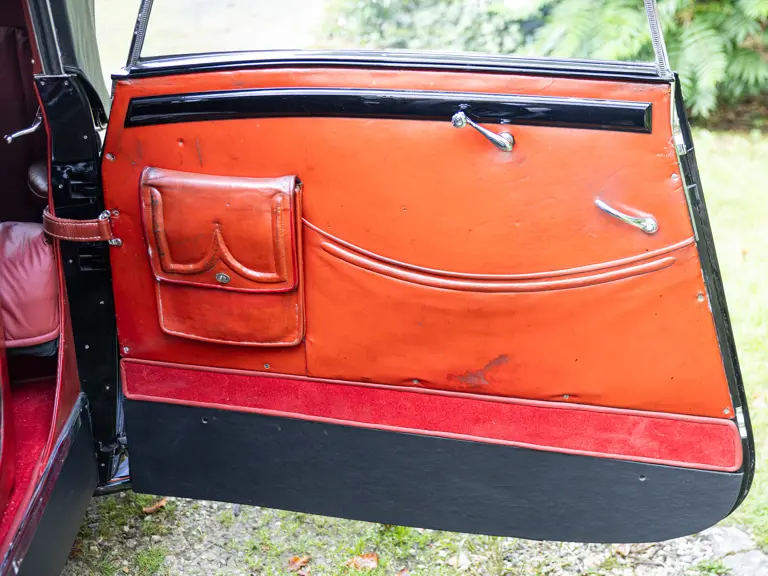
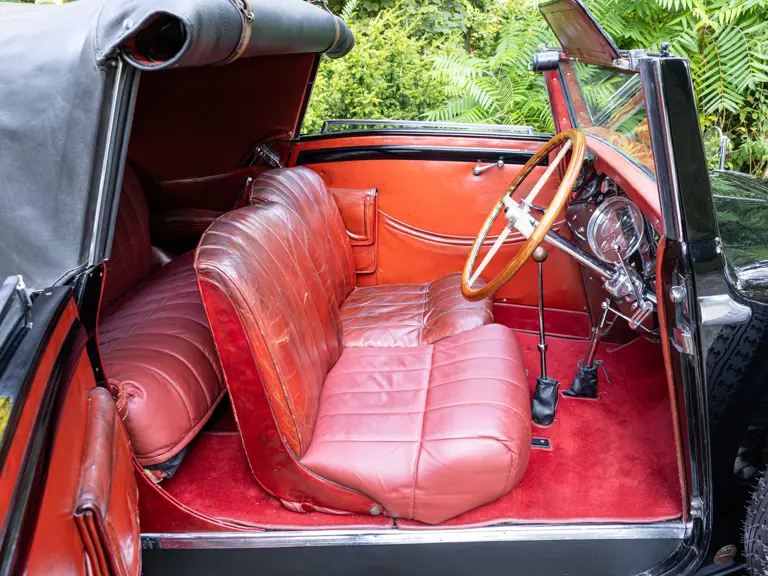
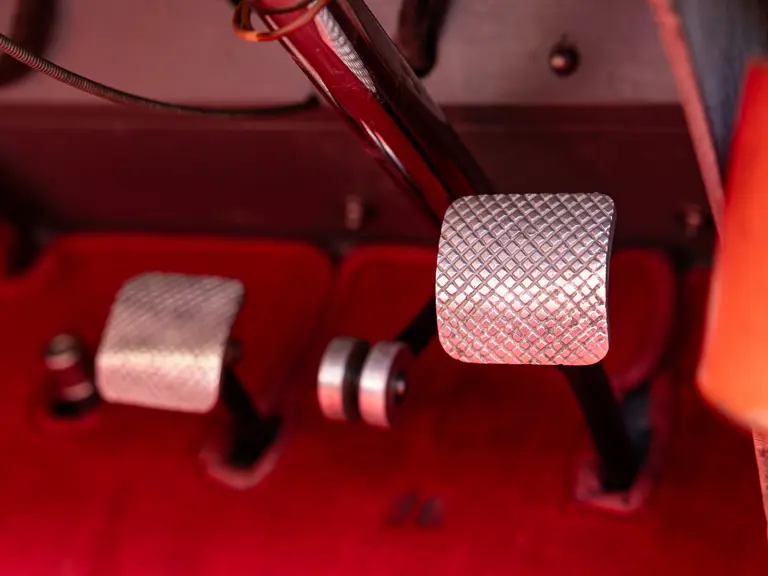
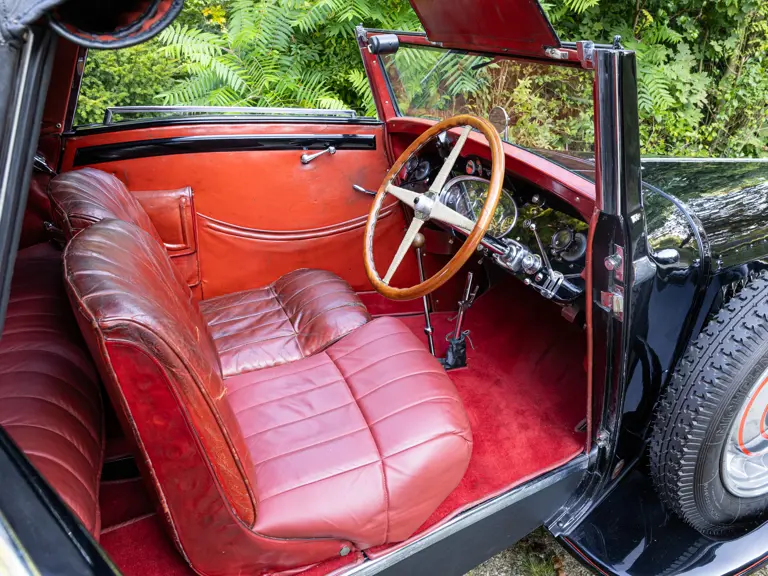
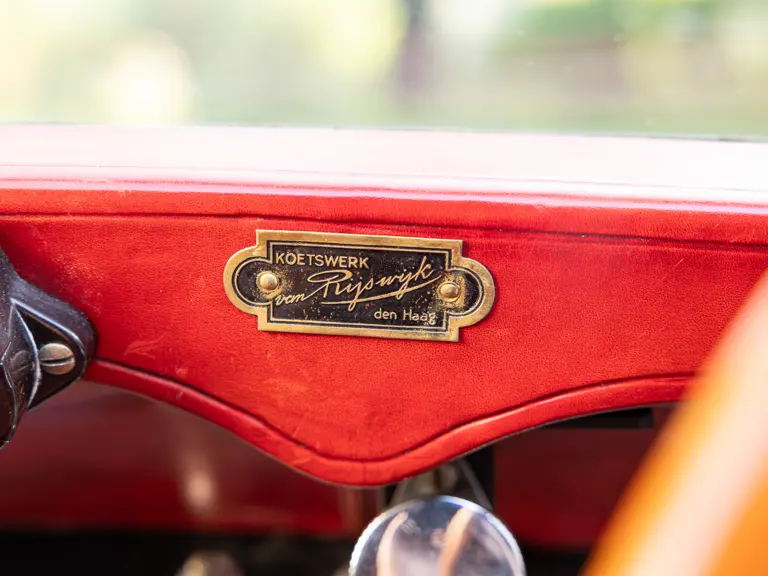
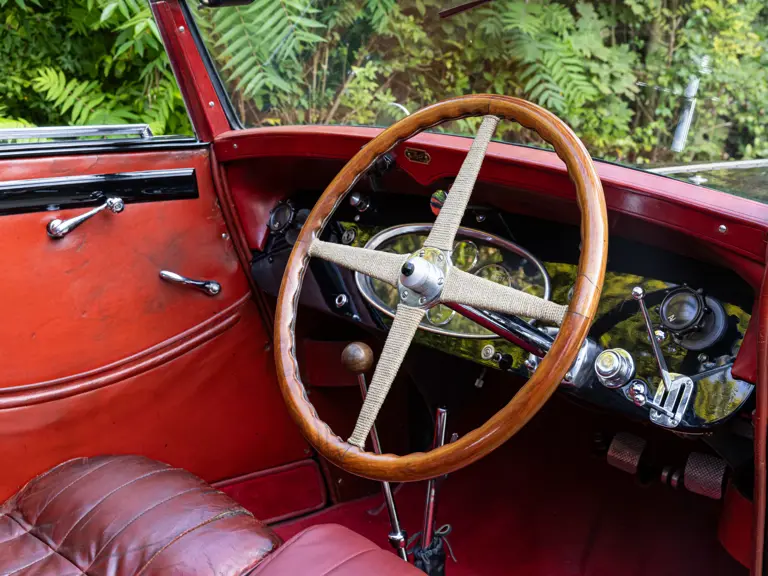
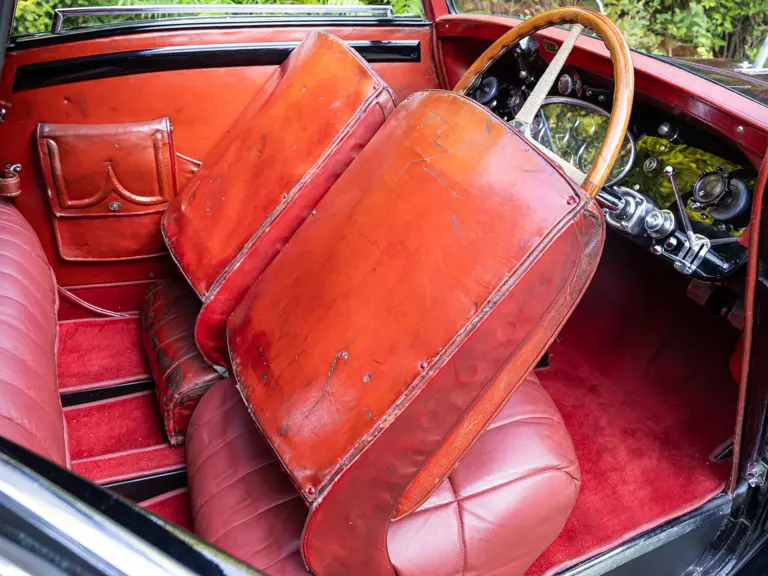
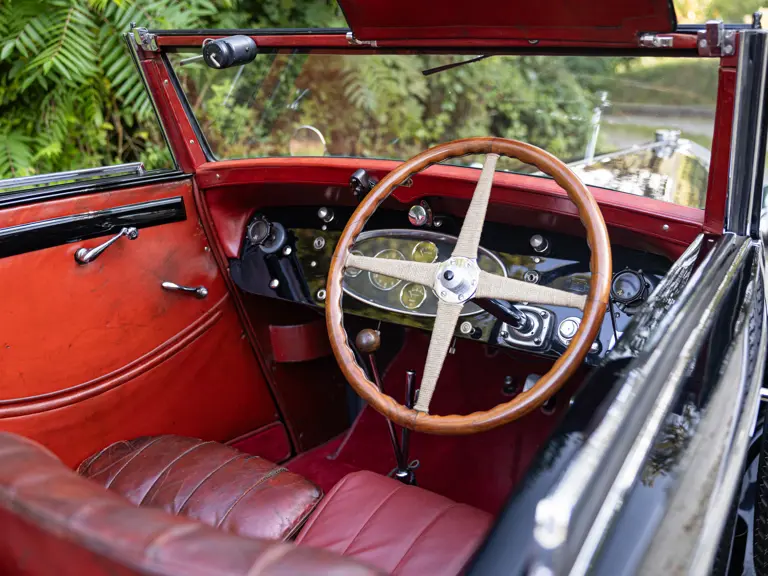
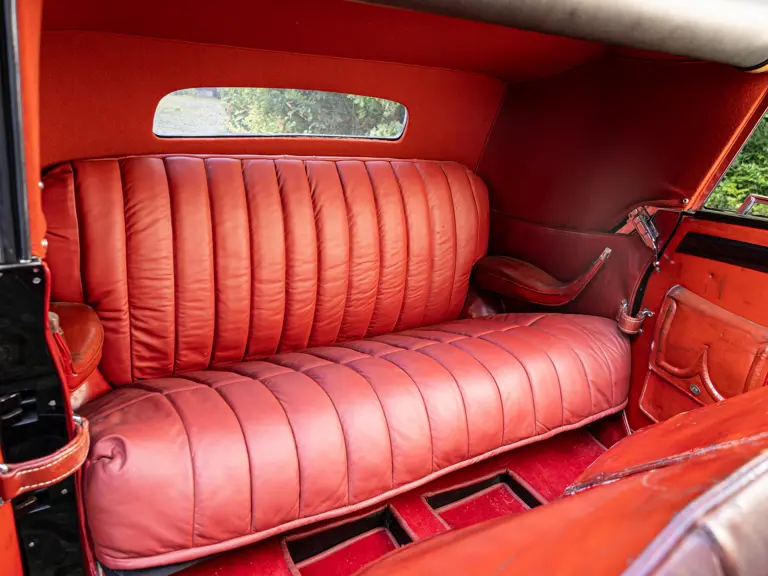
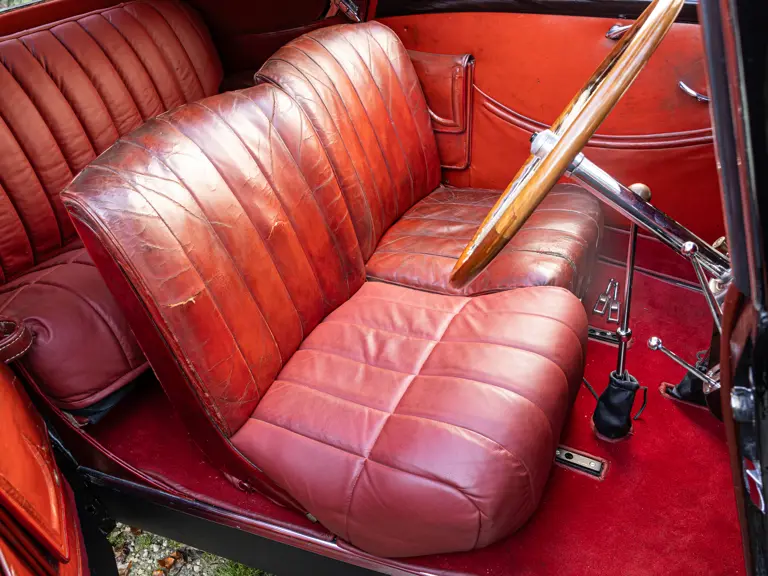
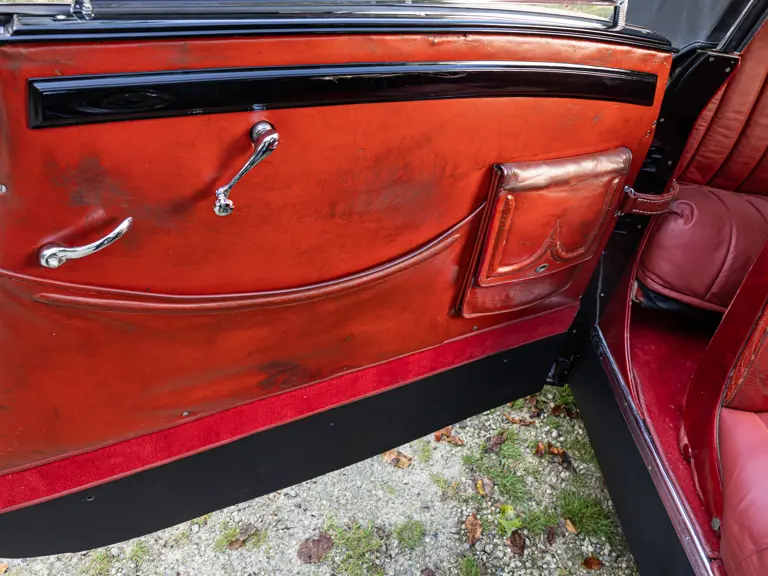
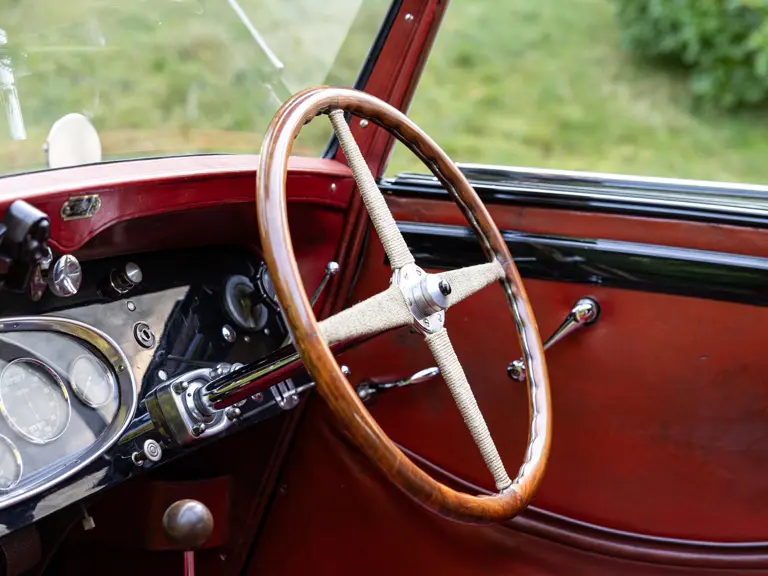
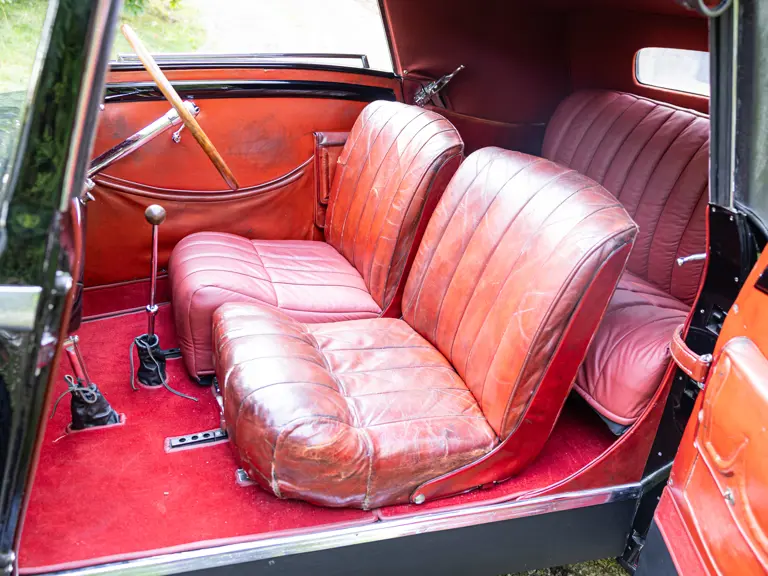
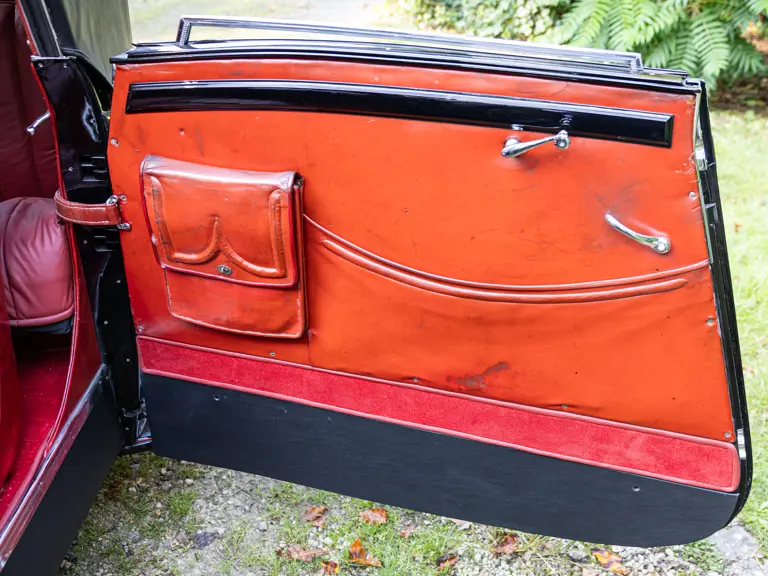
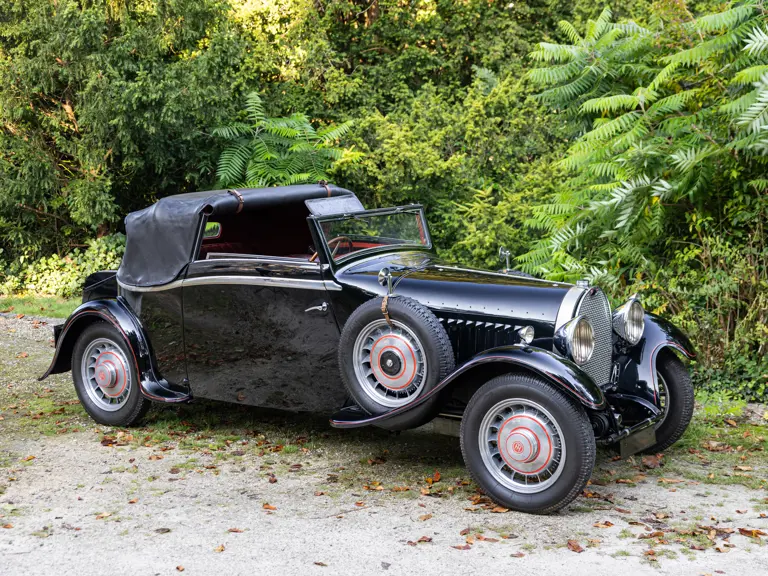
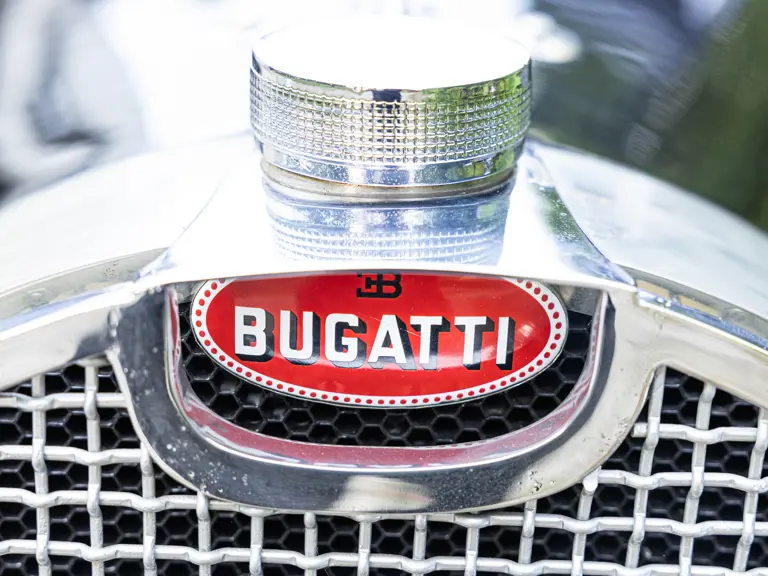
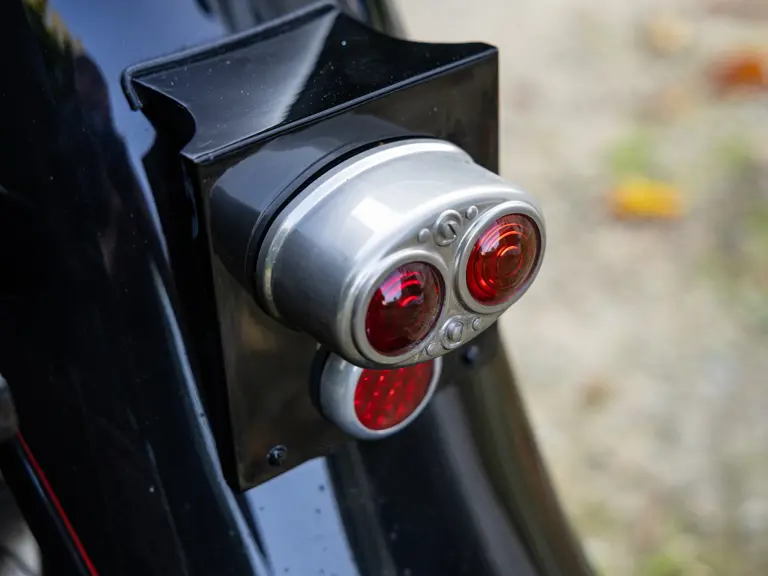
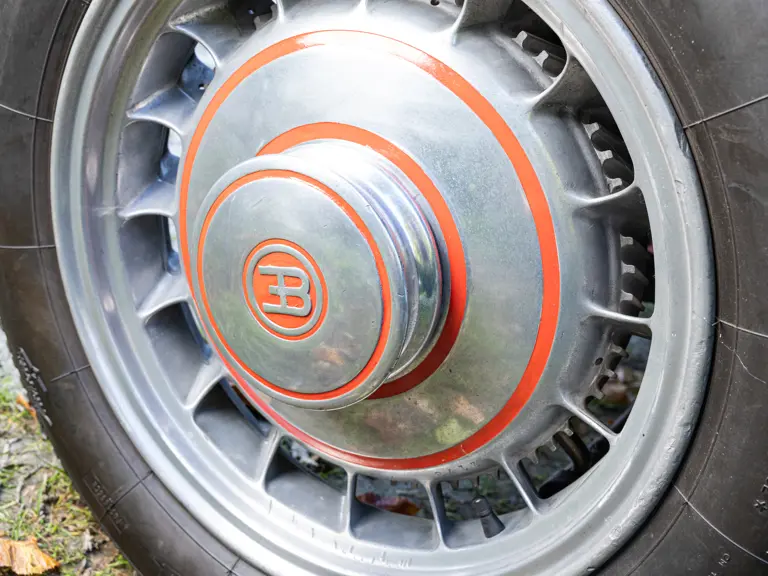
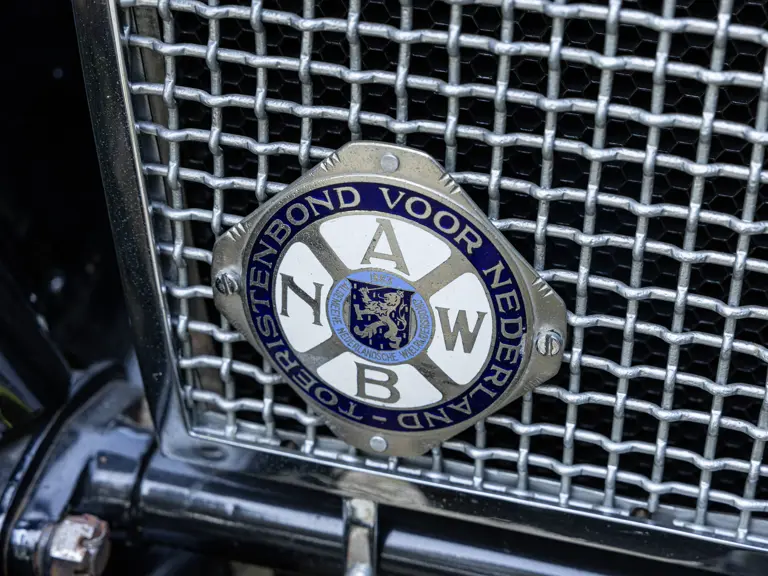
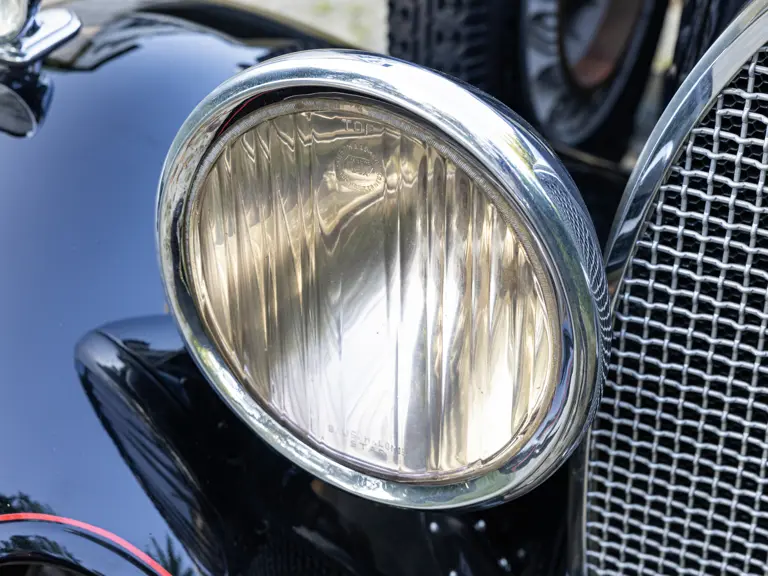
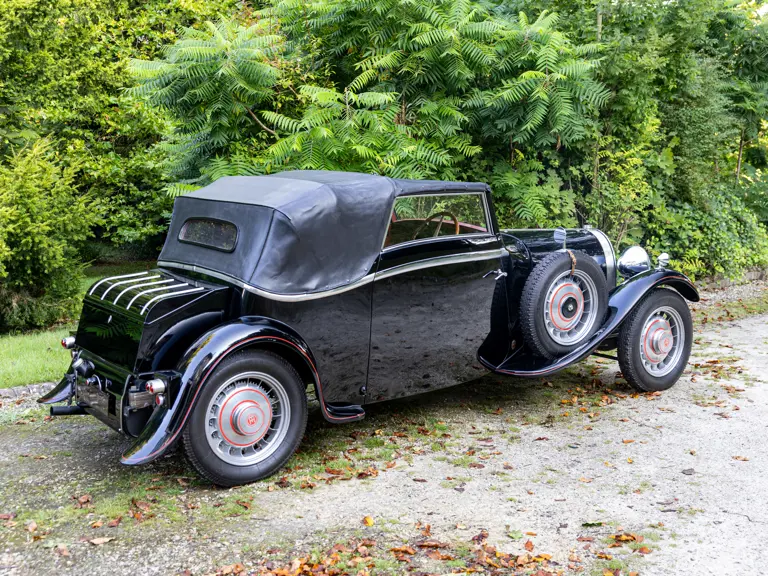
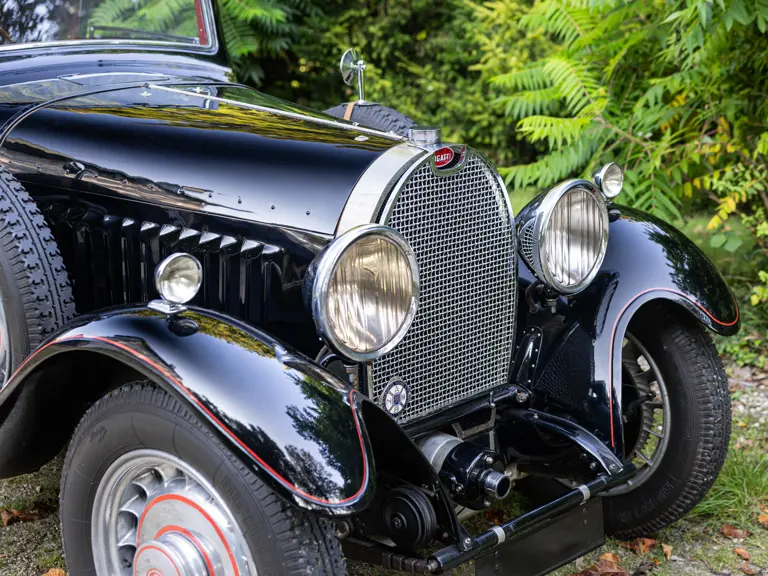
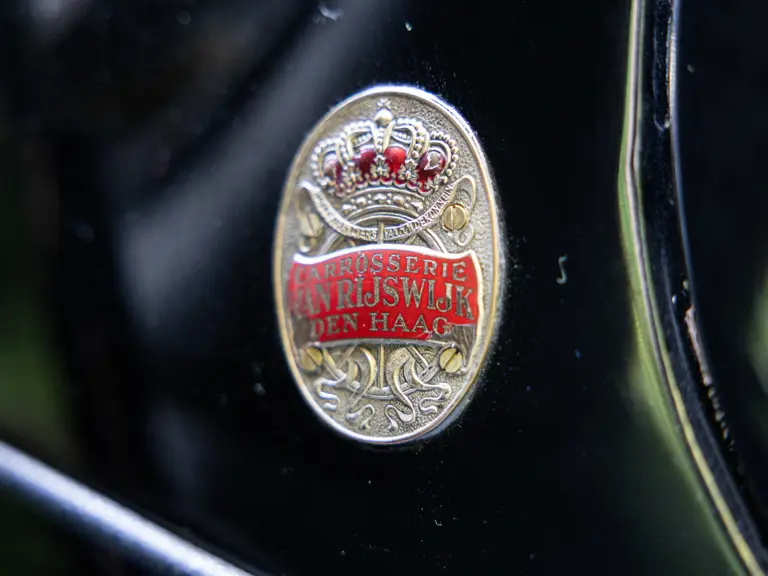

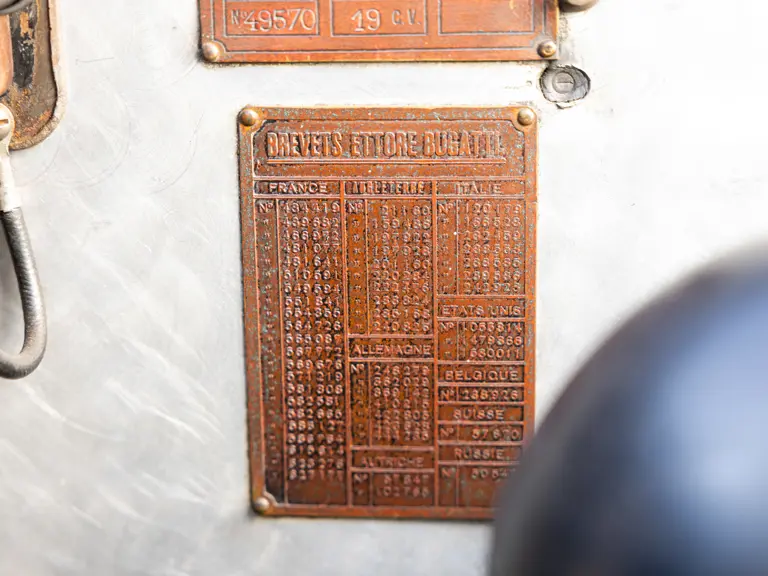
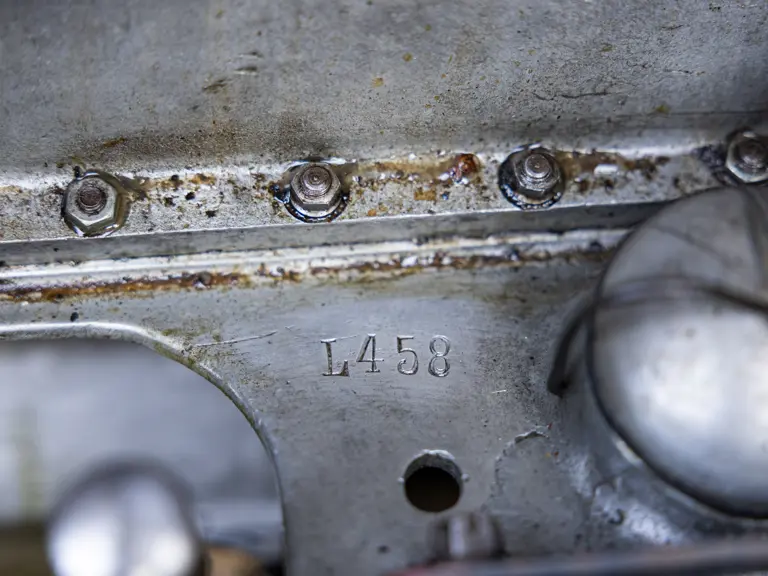

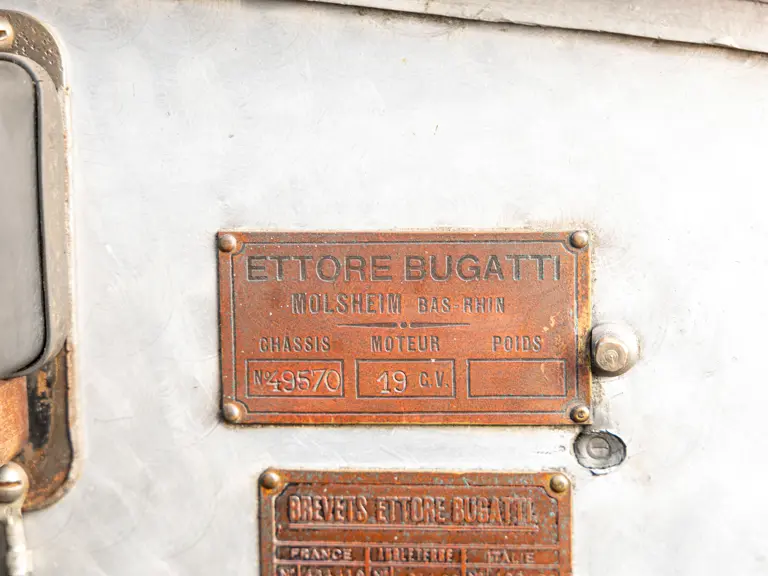
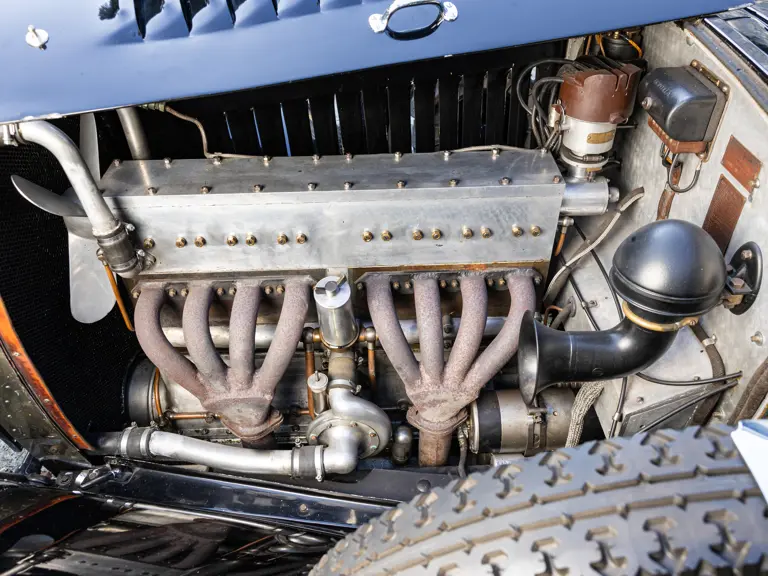
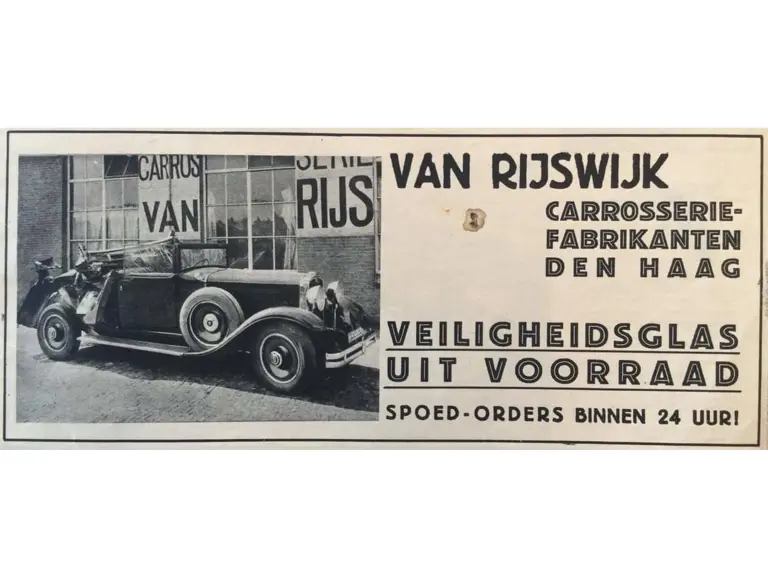
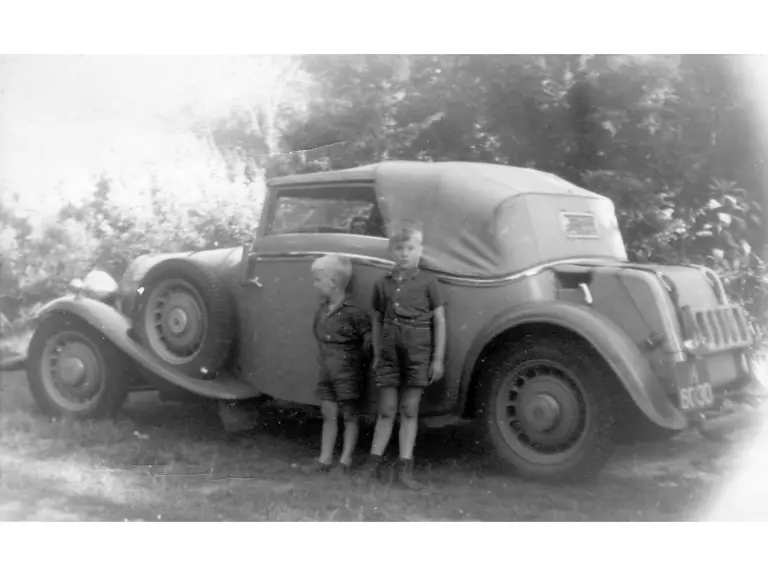
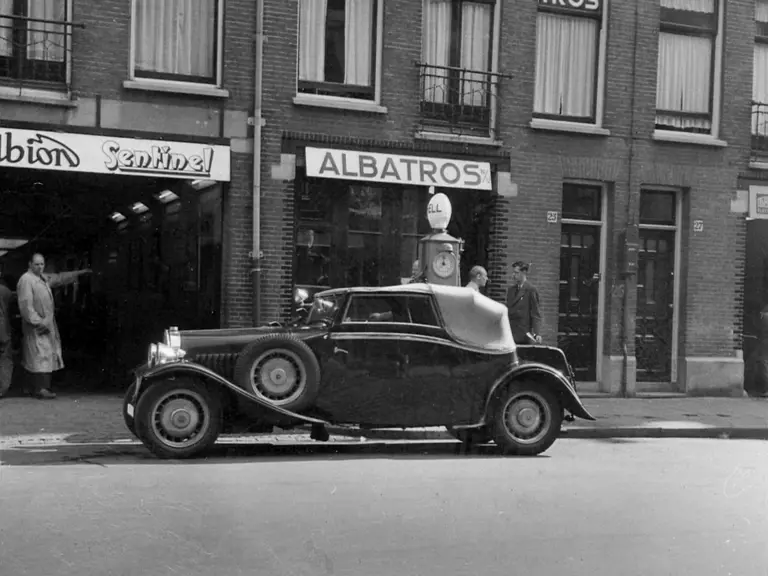
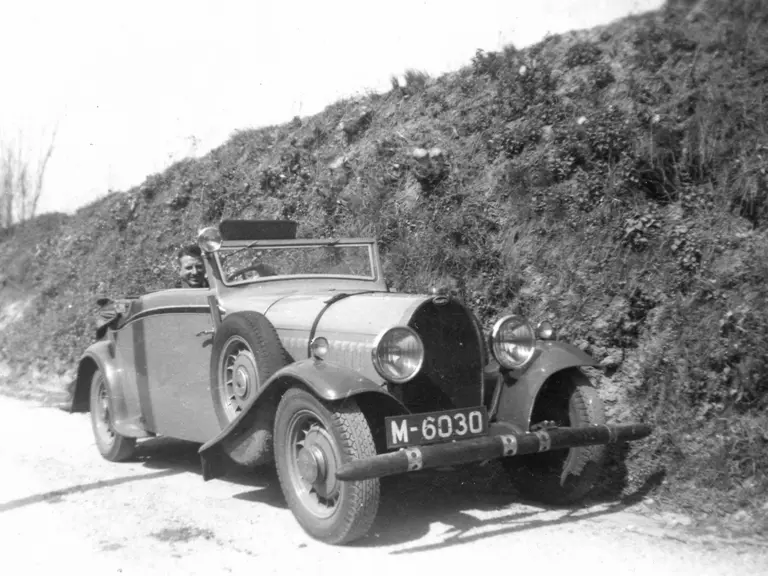
 | Paris, France
| Paris, France
